Keeping pastrami on rye on the table
Permanent link
David Sax is on a quest. His mission? Save the deli.
Growing up in Montreal and Toronto, Sax was first introduced to matzo ball soup, kishke, corned beef and coleslaw on a weekly jaunt to the deli his family would make after Friday night services. Sax translated his love for all things Eastern European food into visits to the “great deli cities” – New York, Chicago, L.A. and Montreal come to mind foremost. He also visited some of the lesser known greats, like London, Paris and even Krakow – more than 150 delis in all. He describes his adventures in tasting in his new book, “Save the deli: In Search of Perfect Pastrami, Crusty Rye and the Heart of Jewish Delicatessen.”
The luscious writing, full of saliva-inducing descriptions of pastrami on rye, complements the larger philosophical theme of the book – the survival of Eastern European Jewish culture. To Sax that means the survival and the flourishing of the deli.
Oy!Chicago’s Jane Charney recently met David Sax at Manny’s Coffee Shop and Deli in the South Loop to kibitz about his favorite nosh, the story behind the mission and what’s next on his plate.
Jane Charney: Why the deli?
David Sax: My mother’s family had been in Canada for several generations. But my dad’s parents were immigrants, who came over when they were children from Eastern Europe. The culture in Montreal is very much a deli culture. We grew up in that world – the equivalent of Maxwell Street in Chicago, and it was just part of what we ate.
My father had a love for the food not for any nostalgic reasons. My mother didn’t grow up with it at all – only when she met my father and he dragged her into it. And growing up, going to the deli was the weekly thing we did. It wasn’t ever “we eat this because of a certain reason.” It was just, “we’re going to the deli.” I never even remembered the first time … it was something that we did. And it’s something I love doing. I love this food; I grew up with the taste of it.
Can you pick a favorite?
I’m always partial to matzo ball soup. There’s something about that. That was the one thing that my mother made at home. That’s a universal thread: One time I was traveling in Thailand, and of course, the Chabad guy approaches me on the street: ‘You Jewish? You Jewish?’ And he invited me over for Shabbat. I’ve had [matzo ball soup] in all these different countries, and that’s the one thing that’ll always connect Ashkenazi Jews. There’s always a matzo ball – that’s the standard fare.
How did you come to “save the deli”?
When I was at McGill, I took a course on the sociology of Jews in North America. A friend and I wrote a paper on the Sociology of the Jewish deli because we thought it would be fun. We went to a couple of delis in Montreal and interviewed the owners. And they all had the same story to tell, which is that business was really in a bad shape. Delis were closing down, far fewer delis than there used to be. It was the beginning of something, and I just knew that I wanted to get the rest of the story.
What’s the most surprising thing you’ve learned about the business of running a deli?
The surprising thing was how much money isn’t made on the sandwiches. The things that people primarily come to the deli for – corned beef and pastrami – delis make very little money on that. And I think that’s one of the reasons why they’re having such a tough time. It’s very difficult to operate a business where your marquee item doesn’t make you a lot of money. Right away, you’re starting with a major handicap, so that was most surprising in terms of the economics of everything.
Thinking of opening your own deli?
No, definitely not! Now I know how hard it is. And I know what it takes. Ken Raskin, [the owner of Manny’s Coffee Shop and Deli], has to be up at three in the morning to get in here and make sure the guys are peeling the potatoes for the latkes and to take the deliveries. And he’s been doing this for decades. And Danny, his son, said that “I knew my fiancée was the one because when we started dating, she understood this would always be my second wife ... like my father did.” The great deli owners marry themselves to the business. I’m too lazy.
How did you select cities visited?
I traced a route [from Toronto] to the big deli cities. I knew I had to go to LA and Miami and Chicago, but in this given time, where could I realistically go? There’s only so much room for so many chapters and so many places. And I didn’t want to go to a place that would then have to be cut entirely or whittled down so much. It was never meant to be just a guide to the deli. It was meant to be a story of the business and each place had to tell an element of that story. Too many places would have been quite repetitive.
The book is very user-friendly with its listing of delis in many cities. Did you intentionally make it so?
There was always going to be a practical aspect to [the project]. Telling the story of the places I went and what I ate was always going to be enticing people to go to these places. Part of it was raising awareness that these places exist. There are a lot of people in Chicago who don’t know about Manny’s or Kaufman’s … people who didn’t grow up in the community.
But the food always had to tell a specific story about the business and the place in the community. It had to relate back into it. Take the Reuben Strudel at Kaufman’s, for example. It wasn’t just that it was good; it was that they were trying to do something different, taking chances, trying to experiment. The same way that the corned beef [at Manny’s] is that family’s legacy, how the flavor of that came from the way the Raskins run the restaurant.
Why do you think people keep coming back to the deli?
The great Jewish delis provide an experience that’s unique and tastier than any sort of sandwich shop. You come here and the owner will see you, and the owner is making sure that the latkes are being made in a certain way, and it’s not a premade mix they get from a box. There are guys in the basement peeling potatoes by hand. It’s crazy! But that’s what makes it delicious. And you get a mix of people in a [deli]. Look around, it’s a total cross section of Chicago, and you don’t really get that in other places.
What struck you about Chicago when you were here researching the book?
Chicago is a great deli town. Not a lot of people, even within the community, know about that. Go out, taste them and dig around – find the great delis.
The other element that I think is really interesting is what happened to the kosher meat industry and the Jewish meat industry in Chicago. At one time, this was the place for meat production in the Midwest. You had brands like Vilno, Best Kosher, Sinai and all within the last year, they’re all gone. And that’s tragic. That’s as much a part of the culture as the deli. And it fits right into the deli story.
It’s funny, people are always asking, “how do you reinvent this culture?” in the greater sense of how do you reinvent Jewish culture. A lot of it is going out and trying crazy new things, and a lot of it as well is just going and figuring out how it used to be done, what was important about that and how you could recapture a lot of that spirit.
What’s next for you?
I don’t know yet. There’s not going to be a sequel to this book that’s about “saving more delis” or about the bagel or something. This was a passion project. One story that I wanted to tell and I felt that I told it as best as I could. There’s been talk about a documentary, but nobody’s signed any checks yet. I’ll see what happens.



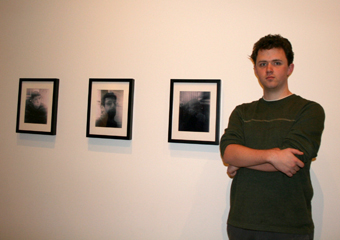

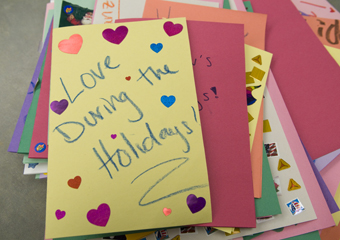
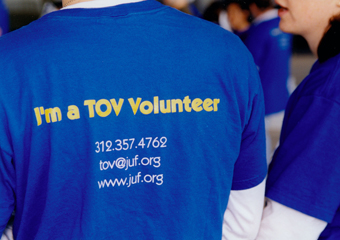
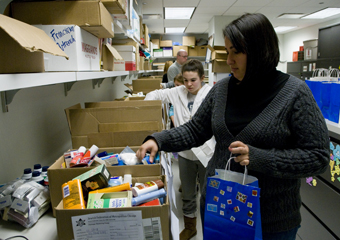
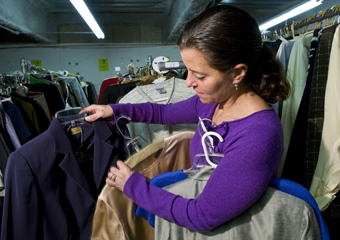

.jpg)



